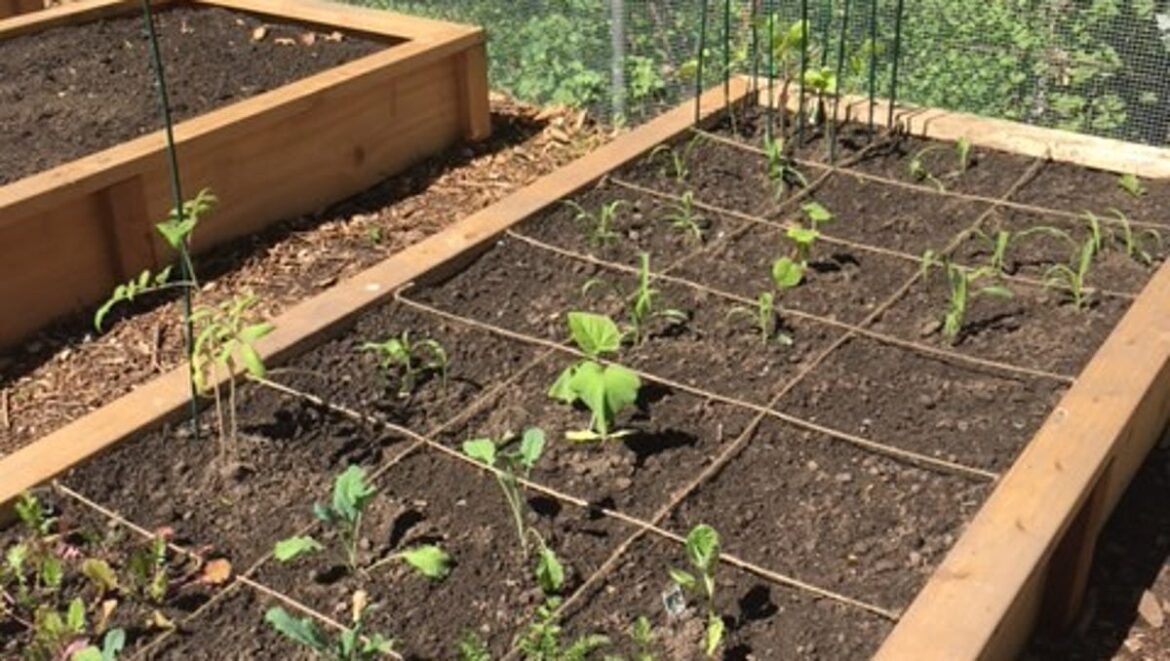
What temperature should I set my air conditioner? What to know
With the summer heat now fully in force, do you know what is the best temperature to set your air conditioning?
We have five expert tips on how to help keep your garden green during the heat this summer.Water early, water deeply and at the root, and pay attention to your potted plants.
The North Jersey heat is here — and it’s brutal. While everyone retreats indoors to cool off with air conditioning, fans, and ice cold drinks, the plants in your garden don’t have that luxury.
Despite the soaring temperatures, with the right care and patience, your garden can still thrive. With a little planning and restoration now, your garden is sure to have lively blooms and healthy greenery for the rest of the season.
Here are five expert tips on how to help keep your garden green during the heat this summer.
Choose to deeply water plants, rather than just surface level
When experiencing long stretches of high temperatures and heat, its crucial to deeply water plants only a few times a week, rather than watering them a little bit each day.
“Watering a couple times a week on your in-ground plants, but deeply — like a long amount of time but fewer times a week is definitely going to benefit the plants” said Jen Anderson, manager at the Metropolitan Farm in Closter.
“If you water every day a little bit, only the surface gets a moisture and the lower roots are still stressing,” she said.
So be sure to take your time when you chose to water and saturate the plant thoroughly.
Prioritize early morning watering
Although we might all be tempted to click snooze in the morning, waking up just a couple minutes earlier to water your plants might just be the key to helping them survive and thrive.
“Five, six, a.m. is good. That way by the peak of the day, eleven, twelve, one, it should have enough moisture to hold on to,” said Nick DiDonna, co-owner of Charlie’s Nursery and Garden Center in North Arlington.
DiDonna warns against watering too late into the night on hot days, since night time watering can sometimes lead to fungus or bacterial growth.
Move potted plants out of direct sunlight
Just as humans like a little shade, so do plants. If you have any potted plants or flowers in direct sunlight, moving them to a shadier area — even if it’s only partial.
Didonna said that as the sun moves, try adjusting the pots position to lessen the amount of time in direct heat. In his experience, elevating plants off direct concrete can help too.
“Put something underneath it so it’s not flesh on the concrete” DiDonna said. “A brick or something, just for airflow and it’ll also help with the drainage,” he said.
Water at the root, not just the foliage
Arguably the most important tip, is making sure that you are watering your plants correctly. In order for the plant to soak up as much water as possible, saturate the soil and aim the water at the root, not just the leaves or foliage.
“Try to get as close to the root ball as possible,” DiDonna said.
If watered incorrectly, plants can actually get a burn or scorch on their foliage.
Add a couple of inches of mulch
If available, mulch, also known as wood chips can also help with plant health. Simply add two three inches on top of the original soil.
“Putting mulch on top of your garden bed or your shrubbery is going to help contain moisture,” DiDonna said.
Without it, he said, the soil may heat up, causing more damage.

